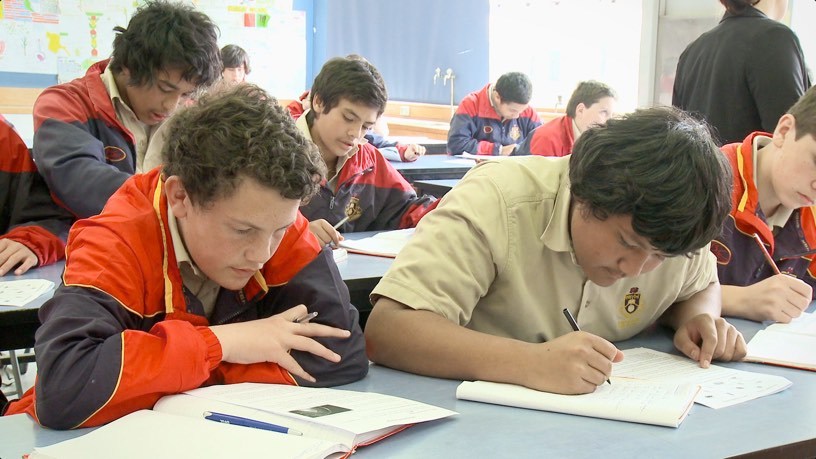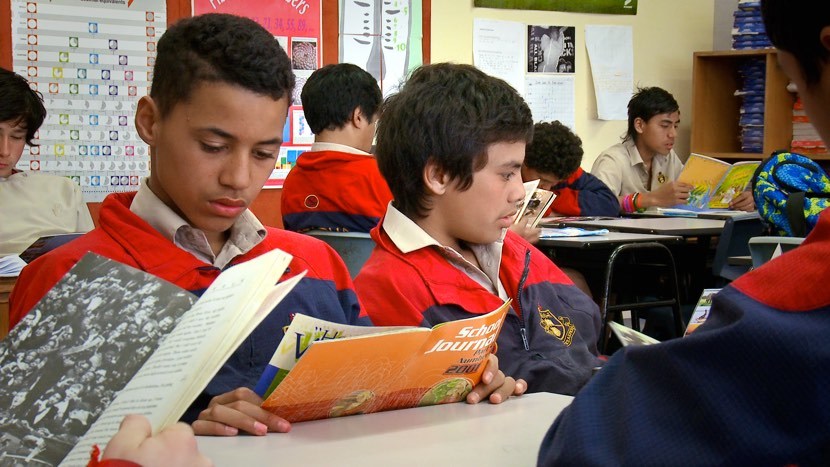8
Video 2: Making Connections into the Classroom
Key thoughts
“We often use co-construction meetings to share information.”
Key questions
- What do we know about our own students’ reading data?
- What would be the benefits of using Pause Prompt Praise at our school?
- Who could contribute and how?
- What questions does this leave us with?
Pause Prompt Praise
Theoretical Basis – What is Pause Prompt Praise?
Pause Prompt Praise is a set of one-to-one reading tutoring strategies that were developed in the 1970s by a team of researchers from the University of Auckland (Glynn, Mc Naughton, Robinson & Quinn, 1979).
The team worked closely with Māori and Pākehā families from South Auckland to improve the reading achievement of a group of 10 to 12 year old low-progress readers.
Existing relationships are nurtured, enabling the group to go forward together.
Since the initial research project in 1979 there has being widespread and continued interest in Pause Prompt Praise (McNaughton, Glynn & Robinson, 1987) which encouraged the release of an updated version of the programme in 1992 (Glynn, Dick & Flower, 1992; Dick, Glynn & Flower, 1992).
In the 1990s, Pause Prompt Praise was also reconstructed for use in Māori language immersion settings as Tatari, Tautoko, Tauawhi and has subsequently been trialled and reported on in a number case studies (Glynn, Atvars, Furlong, Davis, Rogers & Teddy, 1992).
9
In a review of Pause Prompt Praise, Glynn (1994) describes the origins of the reading tutoring strategies:
The Pause Prompt and Praise strategies were derived from the theoretical perspective on reading developed by Clay (1979, 1991) and McNaughton (1987).
This perspective views proficient reading as learning to use all the sources of information within and around a text to understand the particular message being conveyed.
Differences between high-progress and low-progress readers were thought to lie not so much in their success at identifying letters and letter-sound combinations, but in the flexibility and fluency with which they use this information together with contextual information. (p.1)

Professor Ted Glynn
Why is Pause Prompt Praise important?
Video 3: Strategies for Life
Key thoughts
“I like watching them progress and getting better.” (Tutor)
“Confidence means a lot, especially when you’re that age, year 9…it has helped me…not just through reading, confidence overall, through schoolwork and other subjects.” (Student)
“When the change happens it doesn’t just happen in here, it happens in all their subjects.” (Tutor)
“What I learnt there, I took through all my subjects.” (Student)
“Meeting the challenges and overcoming the challenges to move on, that has really helped.” (Student)
“Reading is one of the most important things you have.” (Student)
10
Key questions
- What do you understand by the connections made by the students between literacy competency and confidence as learners?
- How are you growing this in your own school setting?

How do you use Pause Prompt Praise?
Used in a one-to-one oral reading situation, a parent, adult or peer tutor assists low progress readers to use the strategies when they:
- pause before responding to children’s errors
- prompt children to use both contextual and letter-sound information (rather than telling them the correct word)
- praise children’s use of independent strategies such as self-correction and correction following tutor prompts. (Glynn, 1994, p.1)
Resources for tutor training
The following pages are designed to be used as resources in the training of tutors. The tutors may be whānau or community members.
They could also be more competent peers.
Research has shown all of these tutor groups to be highly effective when the professional development also involves specific feedback about their tutoring to tutors.
11
Video 4: Proactive Schoolwide Literacy Response
Key thought
“It’s not that they can’t read, it’s the way we have focussed on teaching them to read.”
Key questions
- How might different groups of students benefit from this school-wide literacy response?
- Reading is important across the curriculum:
- what happens in classrooms in your school to accelerate reading?
- what happens in addition to classroom practice (beyond the classroom) to accelerate reading?
- Who else should be involved in accelerating reading and how might they contribute?


